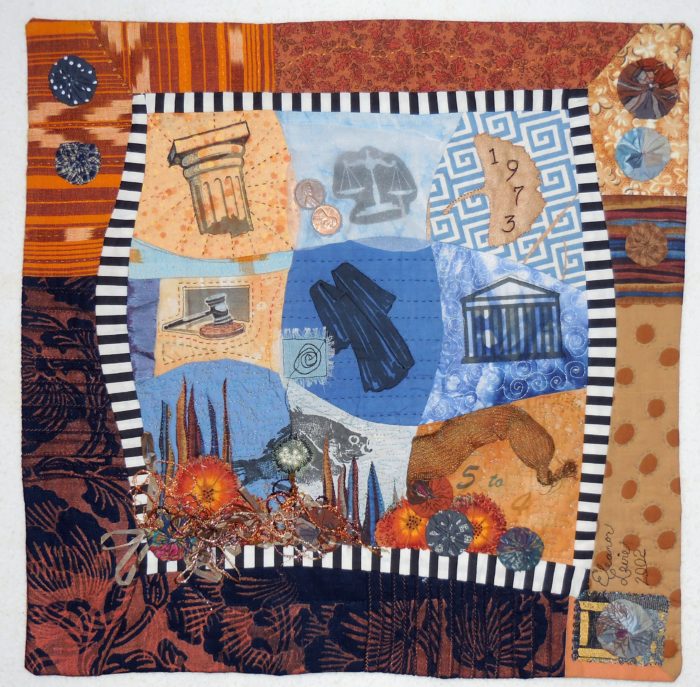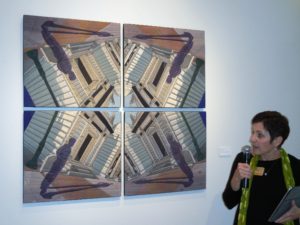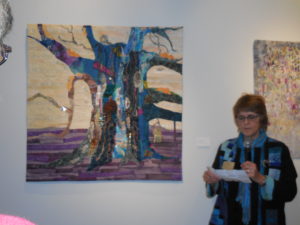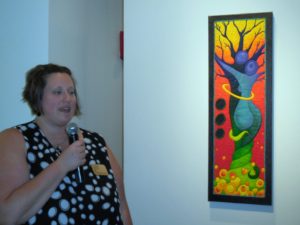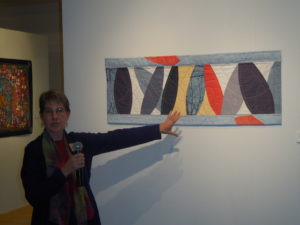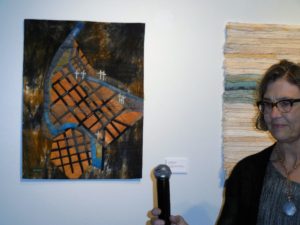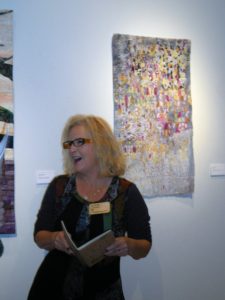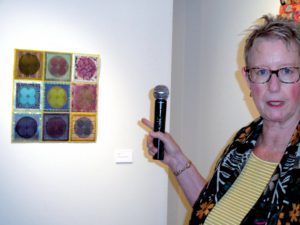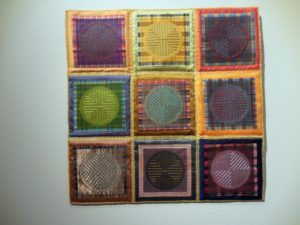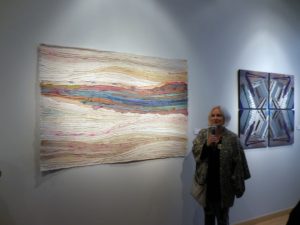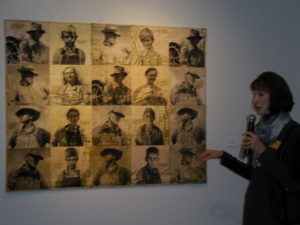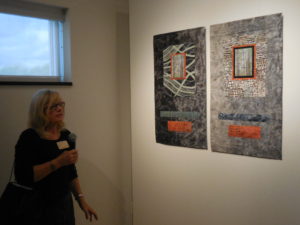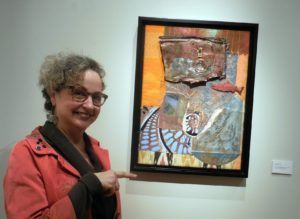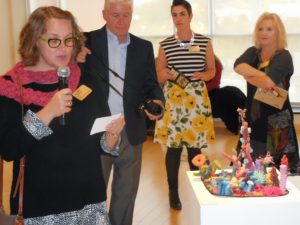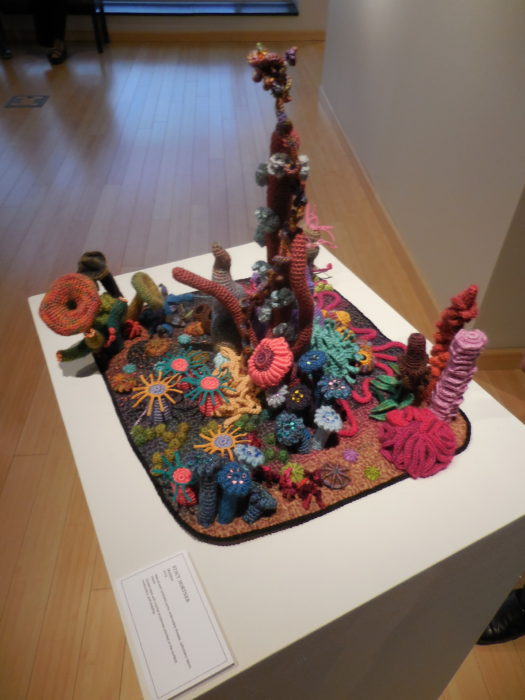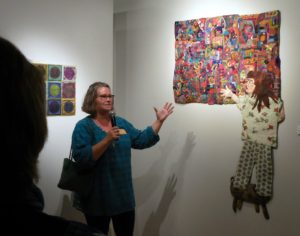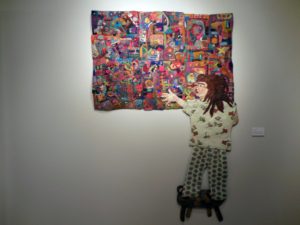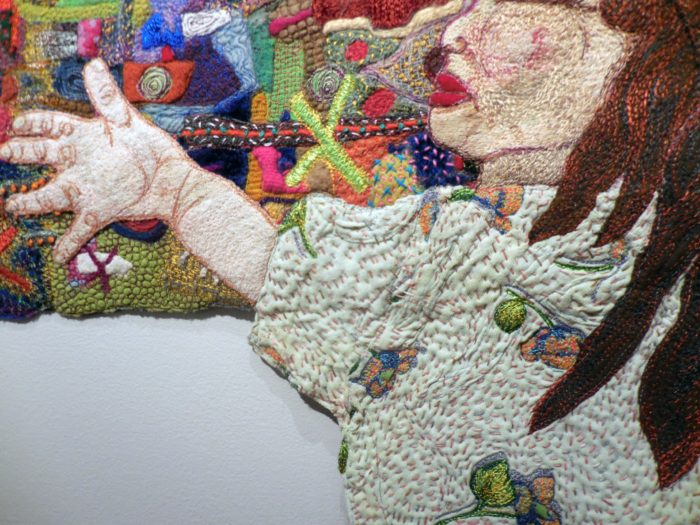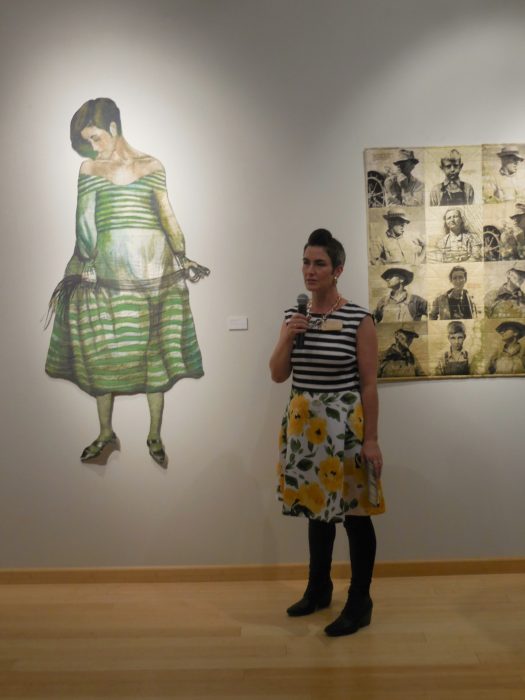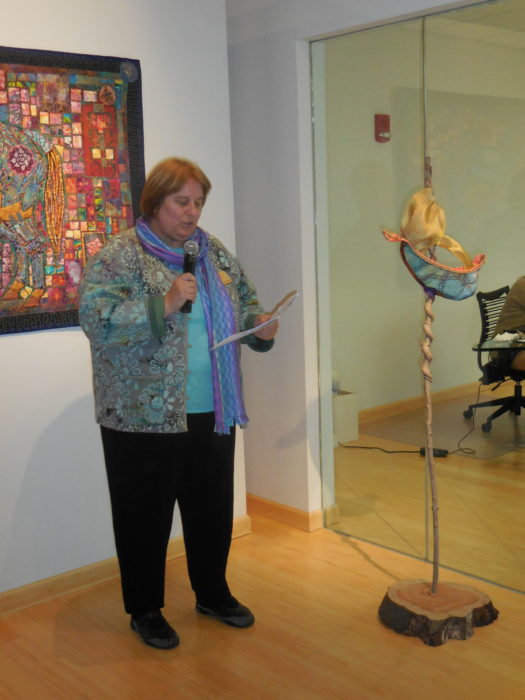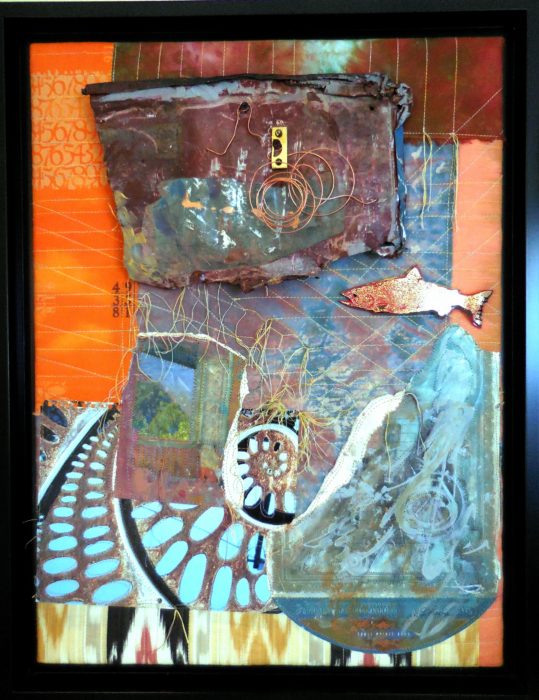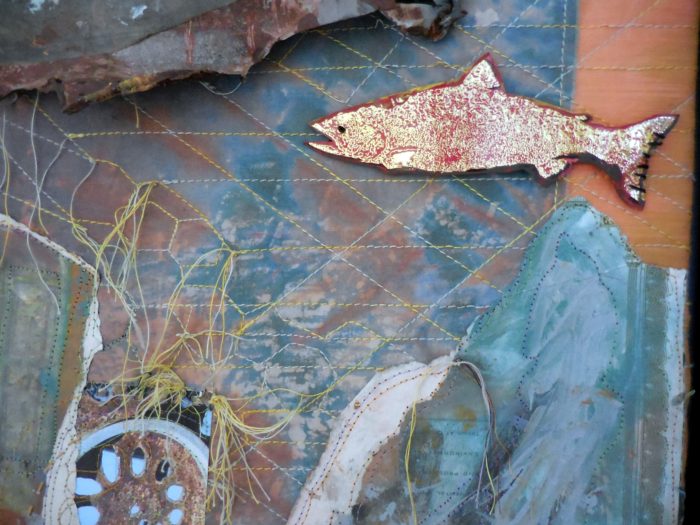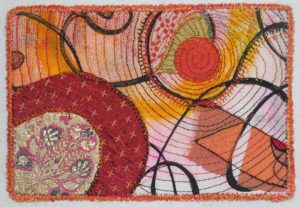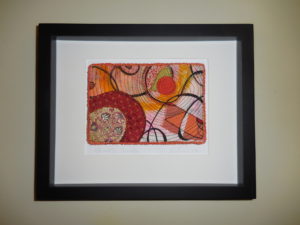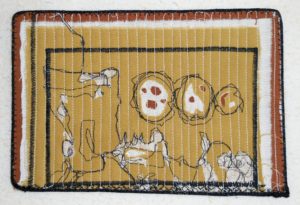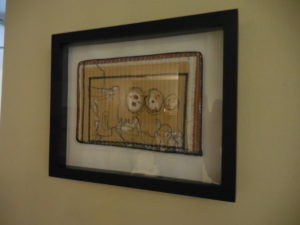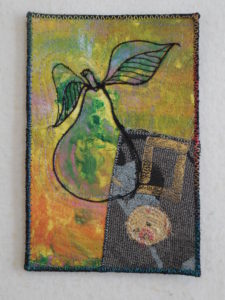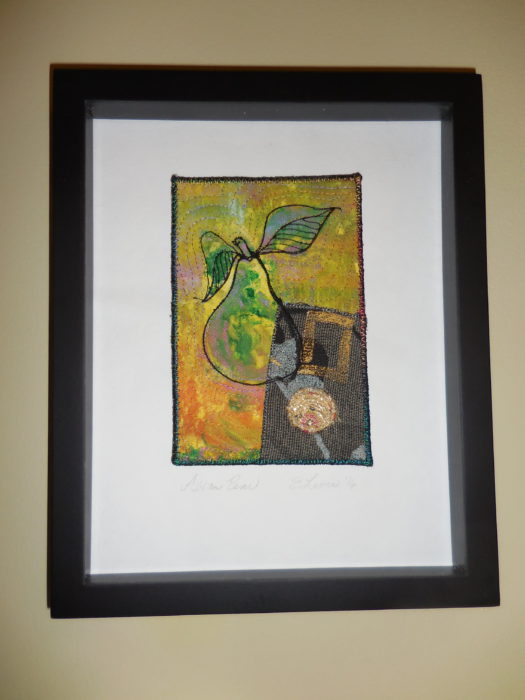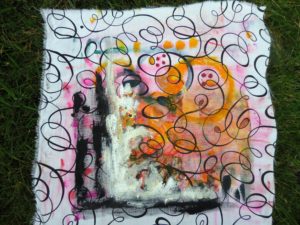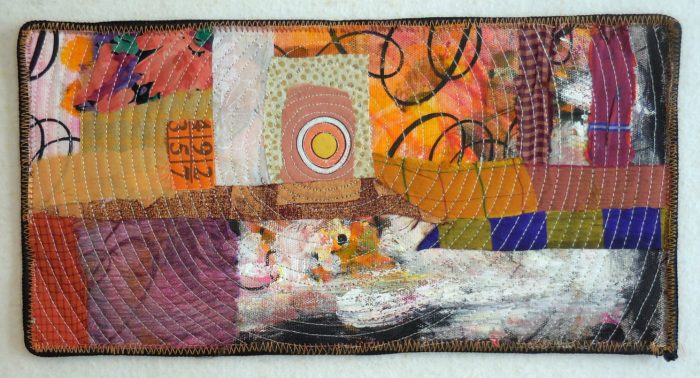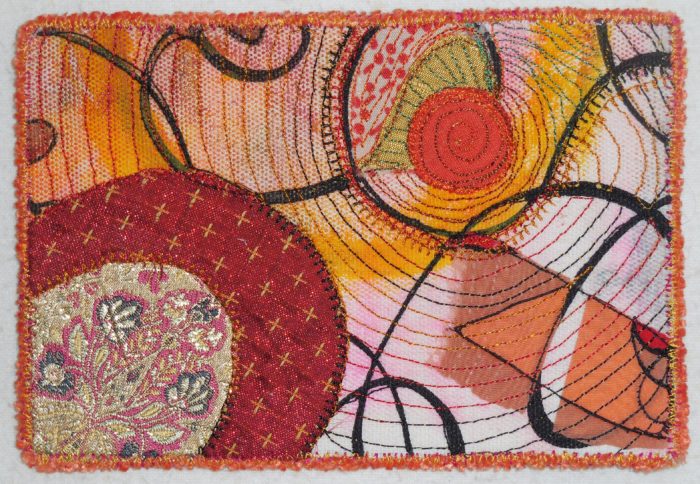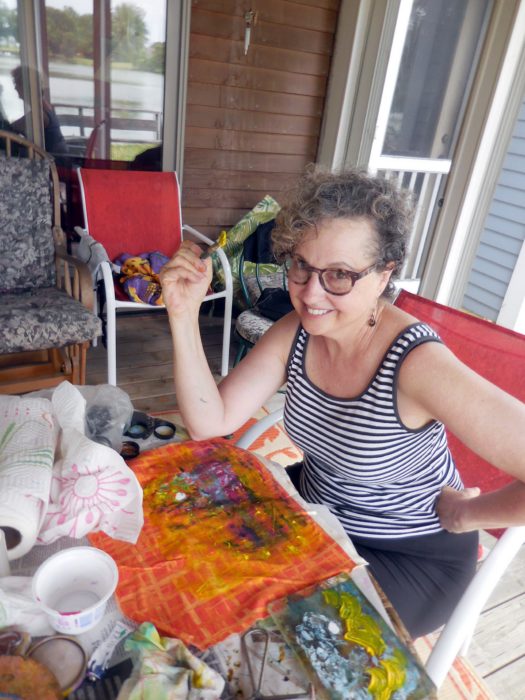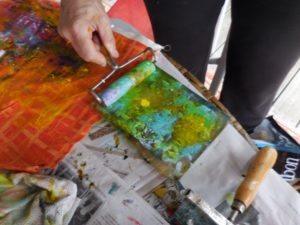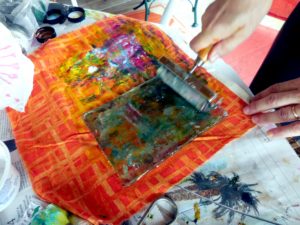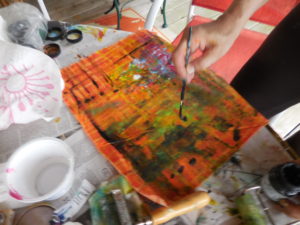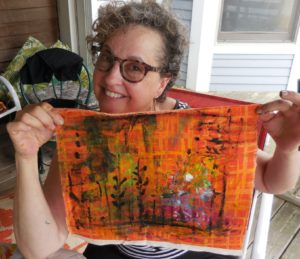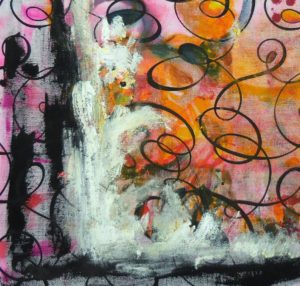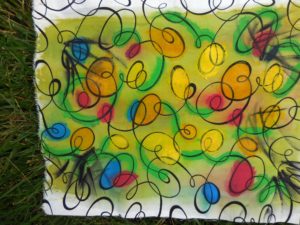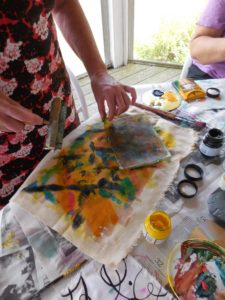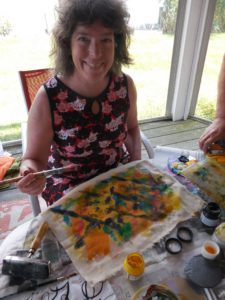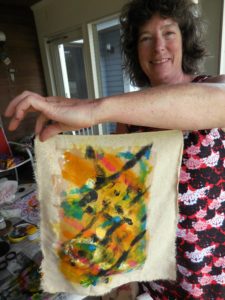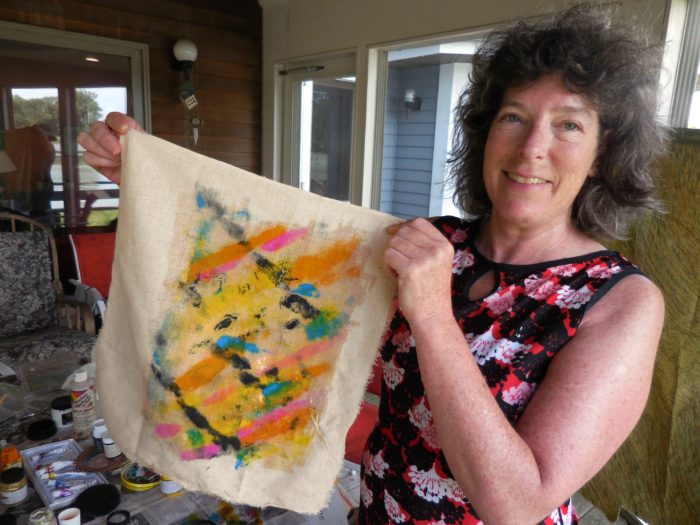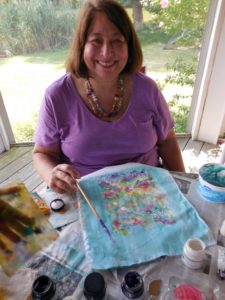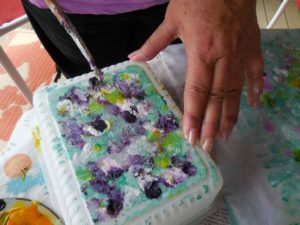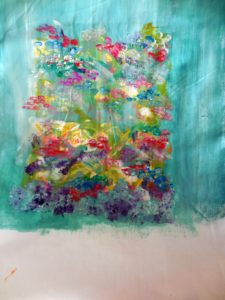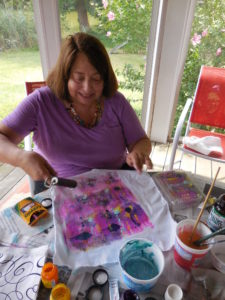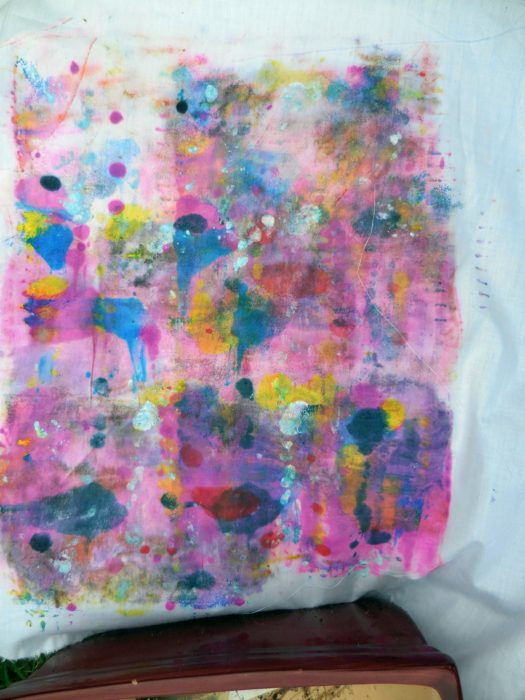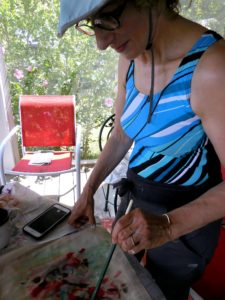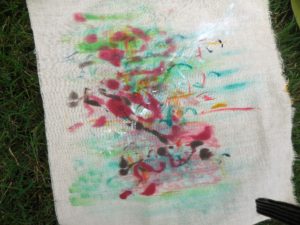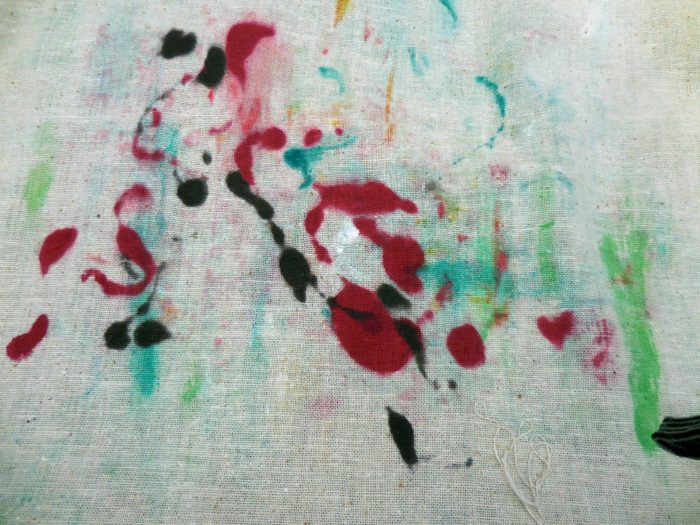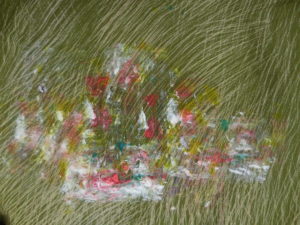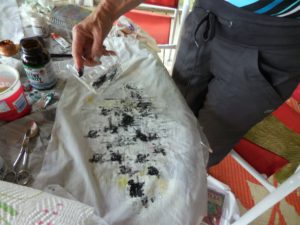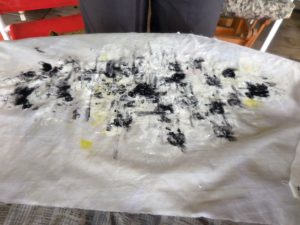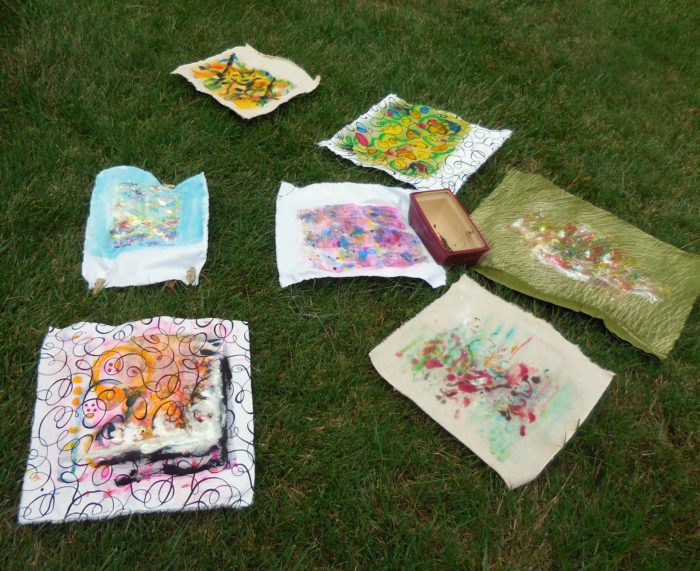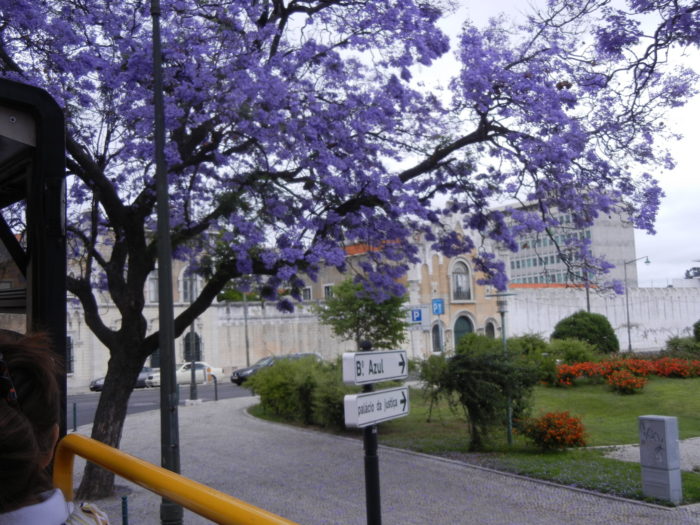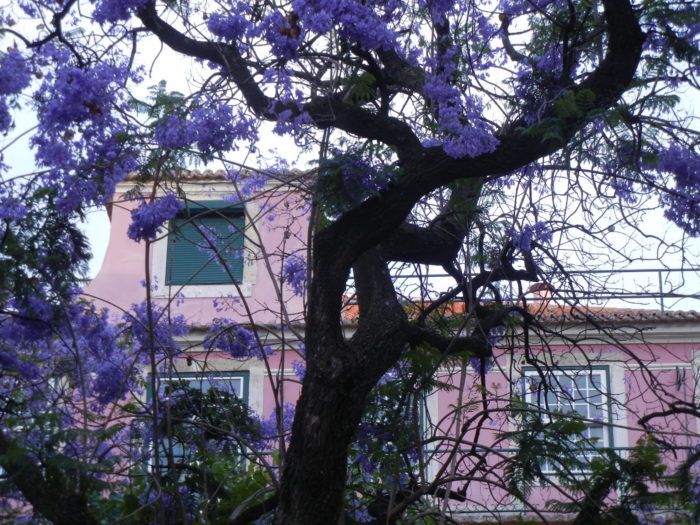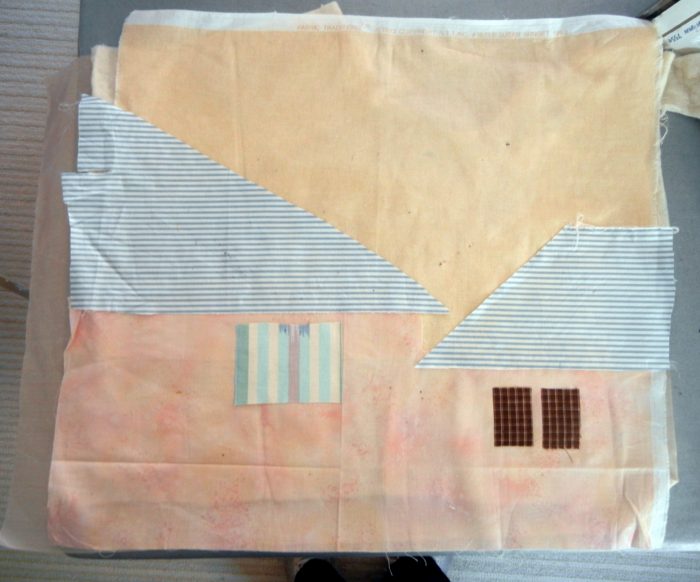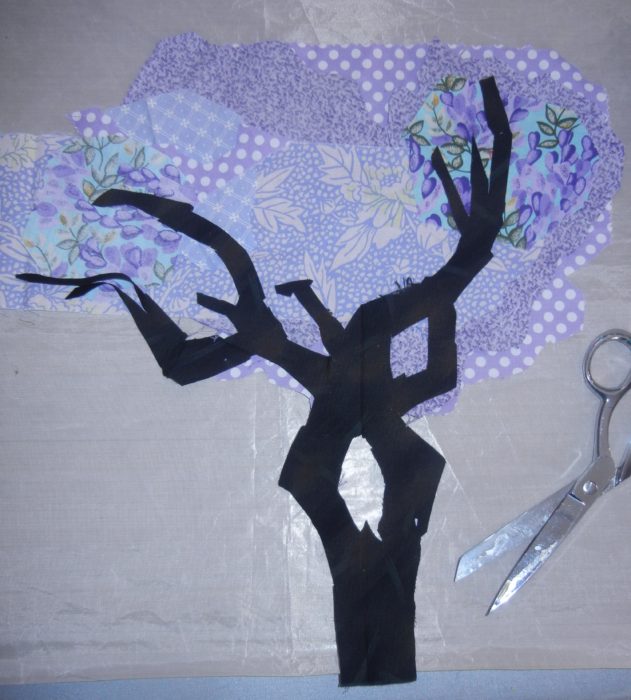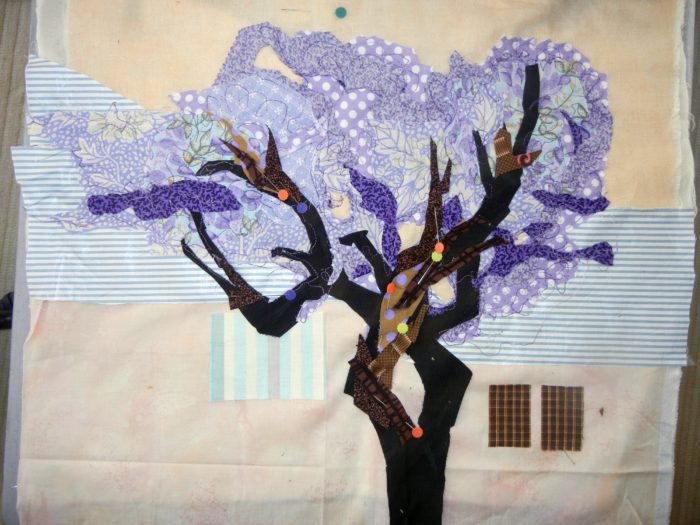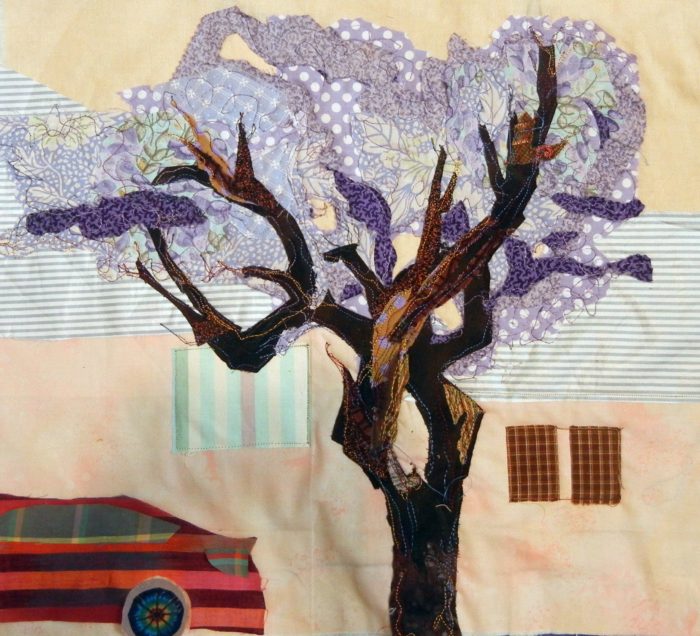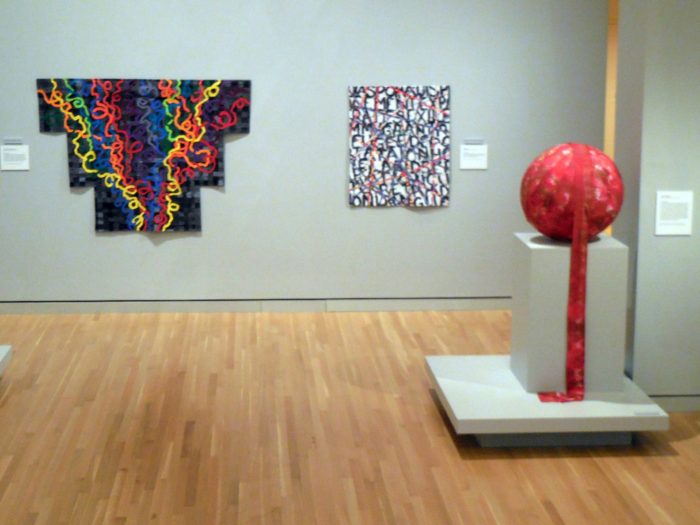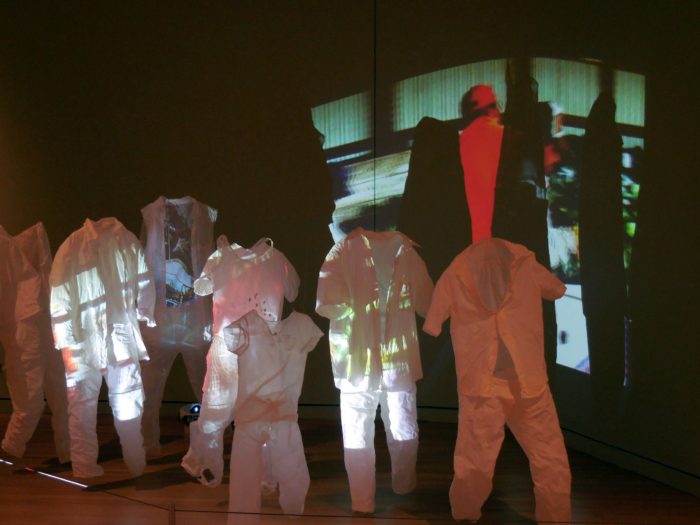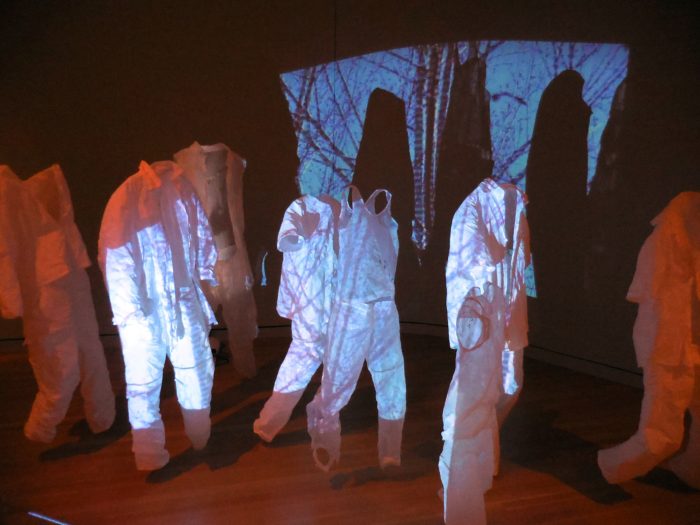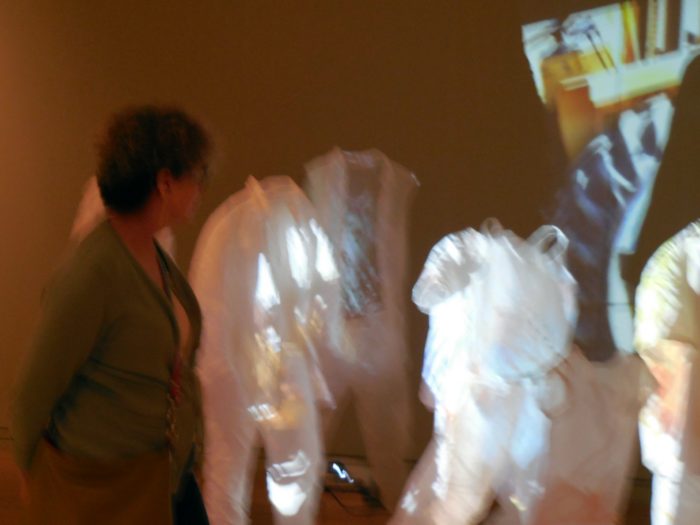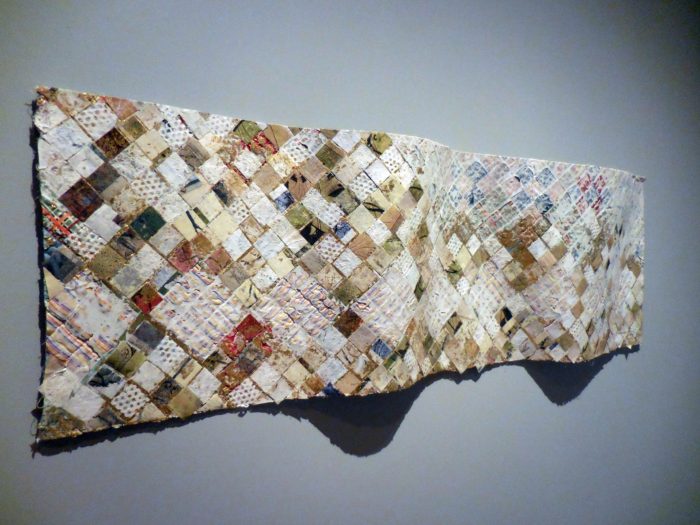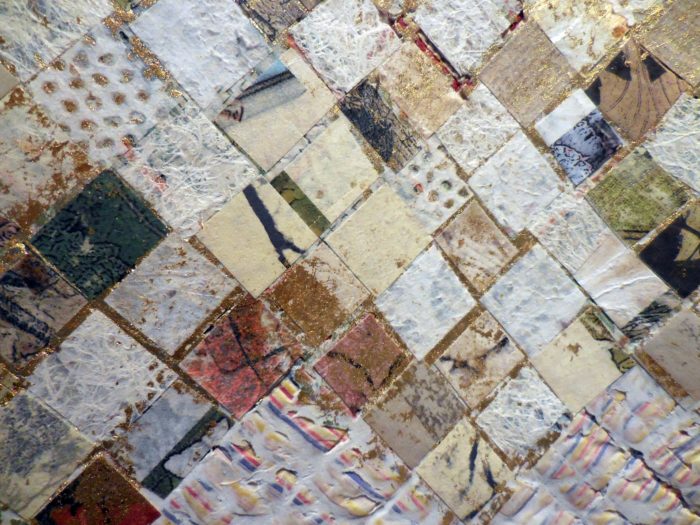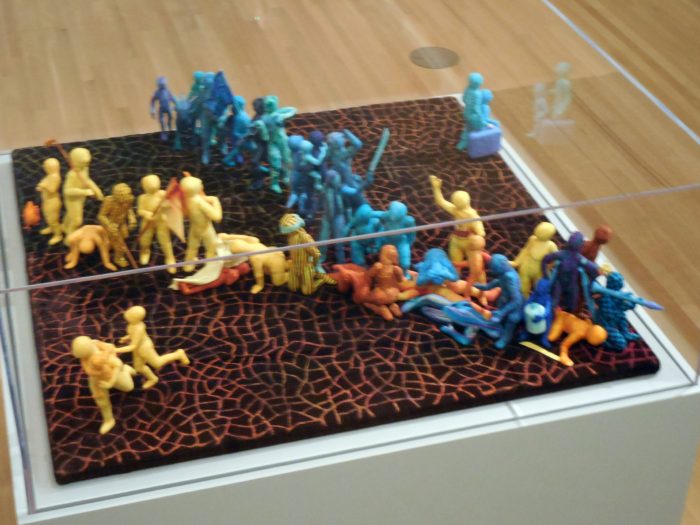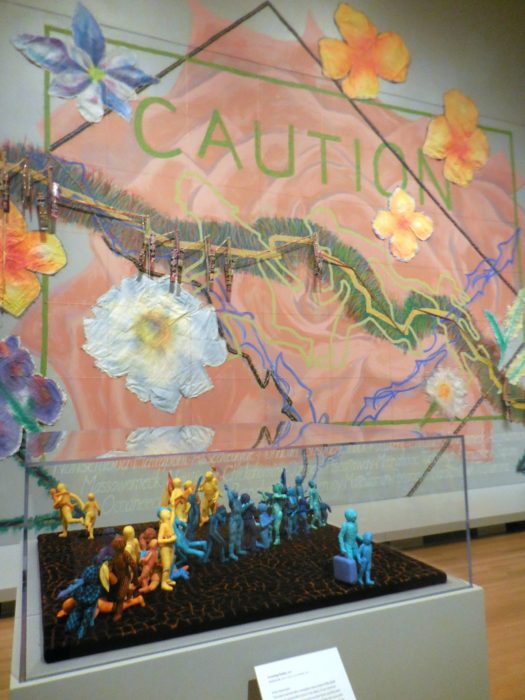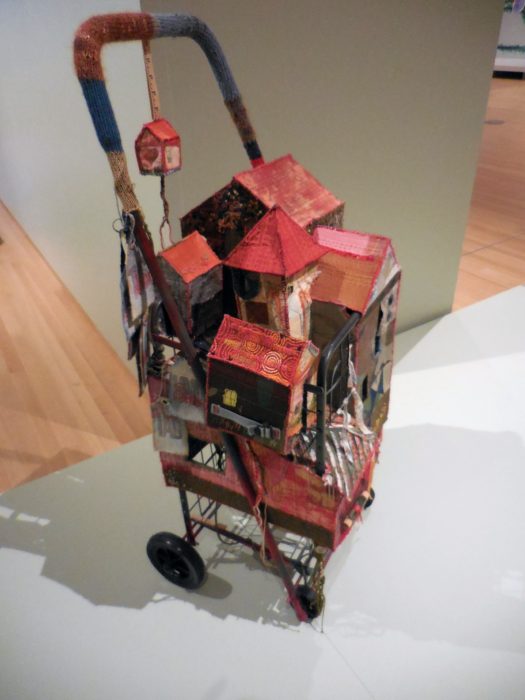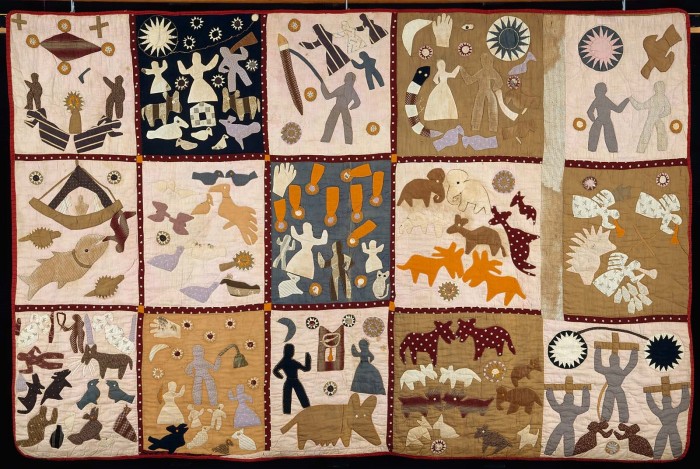
The Invention of Wings, by Sue Monk Kidd, is a wonderful book for lovers of literature, history, and quilts. The author explains:
“I was inspired by the quilts of Harriet Powers, who was born into slavery in 1837 in Georgia. She used West African applique technique and designs to tell stories, mostly about Biblical events, legends, and astronomical occurrences. Each of the squares on her two surviving quilts is a masterpiece of art and narration. After viewing her quilt in the archives of the National Museum of American History in Washington, D.C., it seemed more than plausible to me that many enslaved women, who were forbidden to read and write, would have devised subversive ways to voice themselves, to keep their memories alive, and to preserve their African heritage.
“In the novel, Charlotte is the Grimke’s rebellious and accomplished seamstress, and I envisioned her using needle and cloth the way others use paper and pen, attempting to set down the events of her life in a single quilt. She appliques it with strange, beautiful images—slaves flying through the air, spirit trees with their trunks wrapped in red thread—but she also sews violent and painful images of her punishments and loss. The quilt in the novel is meant to be more than a warm blanket or a nice piece of handiwork. It is Charlotte’s story. As Handful says, ‘Mauma had sewed where she came from, who she was, what she loved, the things she’d suffered and the things she hoped. She’d found a way to tell it.’
“Above all, I wanted Charlotte’s story quilt to speak about the deep need we have to make meaning out of what befalls us. I wanted it to suggest how important it is to take the broken, painful, and discarded fragments of our lives and piece them into something whole. There can be healing, and power, too, in giving expression to what’s inside of us, in having our voices heard and our pain witnessed. As writer Isak Dinesen put it, “All sorrows can be borne if we put them in a story or tell a story about them.”
Bet many of you will agree that putting sorrows — and joys — and deep feelings — and memories — into quilts can be equally therapeutic.


